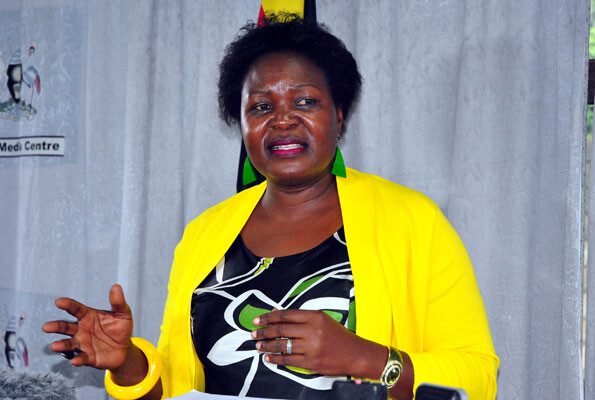Ministry Of Energy, ERA Announce Changes In Electricity Tariff Structure For UMEME Customers To Boost Access

By Uganda Online
Kampala: The minister for Energy and Mineral Development, Ruth Nankabirwa and Electricity Regulatory Authority (ERA) have announced changes in the Electricity Tariff structure for customers served by Umeme Limited, effective January 2022.
The Electricity Act, 1999, and Regulation 16 of the Electricity (Application for Permit, Licence and Tariff Review) Regulations, 2007, give ERA the mandate to make amendments to the existing tariff structures.
According to Nankabirwa, the revised structure was in line with the aspirations of the National Development Plan (III) and Sustainable Development Goal Number Seven that calls for affordable, reliable, sustainable and modern energy for all by 2030, adding that the new changes were aimed at promoting accelerated access to clean energy for improved welfare of society for social-economic transformation.
Nankabirwa revealed that with the new Tariff structures, electricity demand is expected to grow at an annual rate of approximately 11.6% in 2022. The total energy purchased by UETCL is expected to increase from 5,014 GWh projected for 2021 to 5,595 GWh in 2022.
Nankabirwa further noted that the tariff re-structuring was also in sync with the NRM Party Manifesto and the first of the 23 directives issued by President Museveni at the beginning of his current term of leadership.
Click Here To Read Full Statement
“During the piloting period, Consumption of Electricity in the Two (2) Industrial Parks is expected to increase to help offset the revenue shortfall that would result from supplying Electricity at Five (5.0) United States Cents per kiloWatt Watthour, In the event that the shortfall is not covered by increased consumption of Electricity, the Government of Uganda will provide the necessary financial subsidies” she said.
”The restructuring will also see the introduction of the declining block tariff for domestic consumers. This aspect will include the cooking tariff, the introduction of the cooking tariff is a deliberate strategy by the Government to displace charcoal and other biomass sources of cooking fuel by making the cost of electric cooking lower than the cost of cooking using charcoal in homes and the move will lead to health benefits for communities, cost savings, and the convenience of clean cooking” she noted.
“The Cooking Tariff is being introduced under a Declining Block Tariff Structure, which allows for differentiated Tariff levels based on the amount of energy consumed; whereby the units of electricity consumed by a Domestic Customer beyond a set monthly threshold has been announced by the Authority are charged at a Lower Tariff,” she added





